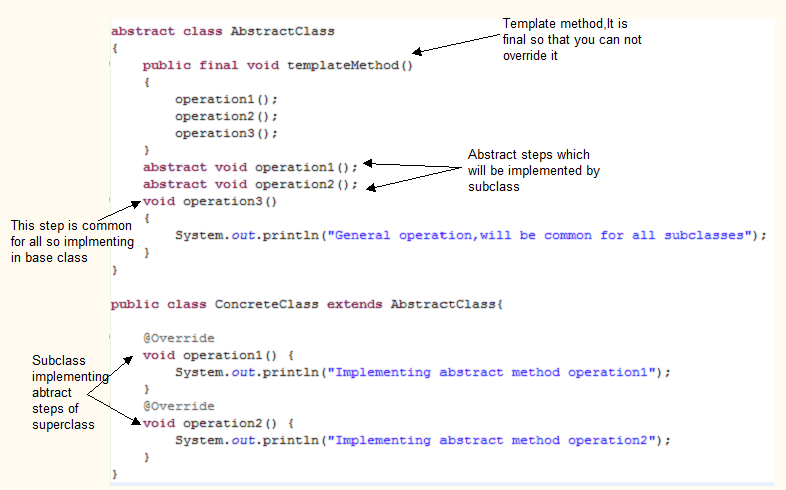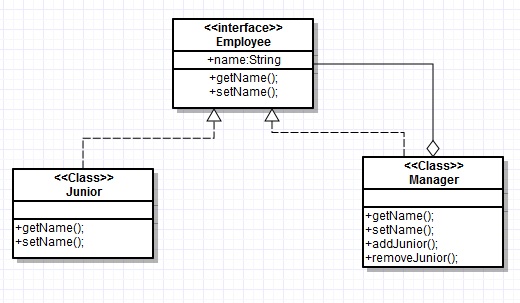Template method pattern and Strategy pattern can appear quite similar in nature as both help us execute an algorithm/ code steps and define executions differently under different circumstances.
The major difference is that Strategy pattern let you decide complete different strategy i.e. set of algorithm(s) based on requirement at the run time, for example which tax strategy to be applied Indian or Chinese. On the other hand, Template pattern puts in some predefined steps (of a algorithm), out of which some are fixed and others can be implemented differently for different usages, say read data from file, parse data, write data to file- parsing might be done differently based on kind of data we are dealing with, but reading from and writing to file will be fixed.
More here –
http://kamalmeet.com/2013/03/understanding-strategy-pattern/
http://kamalmeet.com/2014/04/template-method-design-pattern/
http://stackoverflow.com/questions/669271/what-is-the-difference-between-the-template-method-and-the-strategy-patterns






